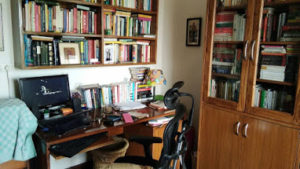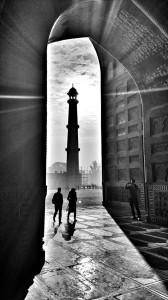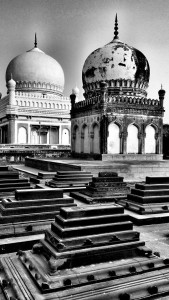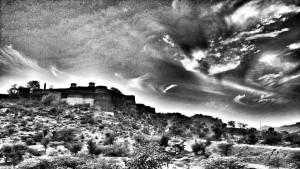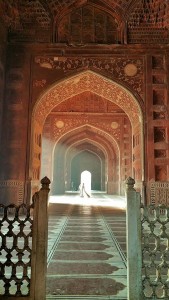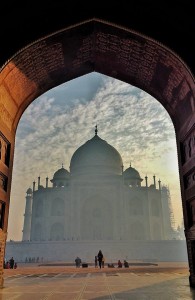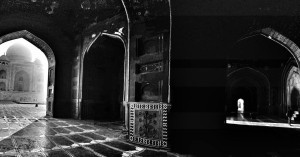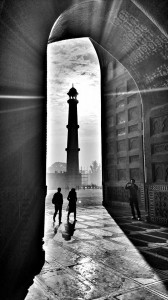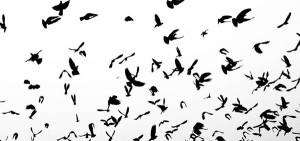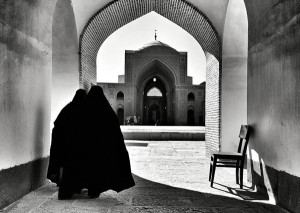Happy Birthday HarperCollins!
 2017. A landmark year for HarperCollins worldwide. The publishing firm is celebrating its bicentennary and the Indian office is marking 25 years of its operations locally. Stories from HarperCollins Publishers ( 1817 – 2017) a succintly produced edition chronicling the firm’s history. There are fascinating nuggets in it.
2017. A landmark year for HarperCollins worldwide. The publishing firm is celebrating its bicentennary and the Indian office is marking 25 years of its operations locally. Stories from HarperCollins Publishers ( 1817 – 2017) a succintly produced edition chronicling the firm’s history. There are fascinating nuggets in it. 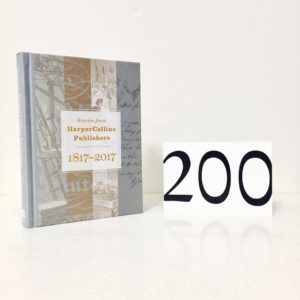
HarperCollins Publishers began as J. & J. Harper, a small family printing shop run by brothers James and John Harper in New York City in March 1817. In 1825 the company posted an advertisement in the United States Literary Gazette announcing five forthcoming titles. Scotsman Thomas Nelson ( born Neilson) opened a secondhand bookshop in Edinburgh in 1798, eventually publishing inexpensive editions of noncopyrighted religious texts and popular fiction. Collins also started out as a small family-run printer and publisher. Chalmers and Collins, established by millworker and seminarian William Collins and Charles Chalmers ( brother of evangelical preacher Thomas), published its first work in 1819. It began by publishing only the writings of the Reverend Dr. Thomas Chalmers, but soon published other authors, eventually forming William Collins and Sons.
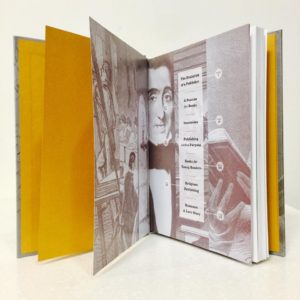 In 1962 what was then known as Harper & Brothers merged with textbook publisher Row, Peterson & Company, forming Harper & Row. HarperCollins as a brand came into existence in 1989 after News Corporation purchased Harper & Row ( 1987) and Collins ( 1989). Today HarperCollins global brand publishes approximately 10,000 new titles every year in 17 languages and has a print and digital catalogue of more than 200,000 titles. Along the way it has acquired other well-established businesses with robust identities of their own such as 4th Estate, Angus & Robertson, Amistad Press, Avon Books, Caedmon Audio, Ecco Press, Funk & Wagnalls, Granada, Harlequin, J.B. Lippincott, the John Day Company, Thomas Y. Cromwell Co., Thorson’s, Unwin Hyman, William Morror and Company, Zondervan, HarperCollins Christian Publishing and others. Many of these remain as imprints of HarperCollins.
In 1962 what was then known as Harper & Brothers merged with textbook publisher Row, Peterson & Company, forming Harper & Row. HarperCollins as a brand came into existence in 1989 after News Corporation purchased Harper & Row ( 1987) and Collins ( 1989). Today HarperCollins global brand publishes approximately 10,000 new titles every year in 17 languages and has a print and digital catalogue of more than 200,000 titles. Along the way it has acquired other well-established businesses with robust identities of their own such as 4th Estate, Angus & Robertson, Amistad Press, Avon Books, Caedmon Audio, Ecco Press, Funk & Wagnalls, Granada, Harlequin, J.B. Lippincott, the John Day Company, Thomas Y. Cromwell Co., Thorson’s, Unwin Hyman, William Morror and Company, Zondervan, HarperCollins Christian Publishing and others. Many of these remain as imprints of HarperCollins.
Over the years it established credibility as being an author’s publisher for it protected rights and fought against piracy. In the 1800s Harper brothers ensured that they were fair in paying royalties to their authors, particularly those who were overseas. Their fiercest competitor was Mathew Carey’s publishing house of Philadelphia. A cease-fire between the rivalry happened in 1830s and “The Harper Rule” agreement was reached. According to Stories from HarperCollins Publishers “in [this] a publisher would cease printing when a competitor purchased advance proofs and announced forthcoming titles, or had previously published a British author.” This enabled the Harper brothers to invest more in finding and developing relationships with authors. They also began to explore other markets in the 1800s such as Canada, Australia and India. Interestingly they broke into new markets with texts such as prayer books, geography, gospels, dictionaries, schoolbooks, readers and primers.
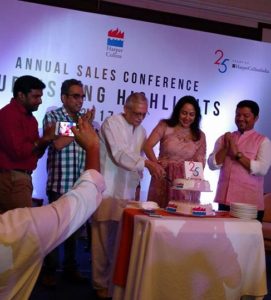
Poet Gulzar and veteran Bollywood actress-turned-politician Hema Malini cutting the HarperCollins 25th anniversary cake, New Delhi, July 2017.
The stable of authors associated with HarperCollins is extraordinary. The firm published the American edition of Walter Scott’s Peveril of the Peak ( 1823), Edward Lytton Bulwer’s The Coming Race ( 1871), and H. G. Wells’s The War of the Worlds ( 1898) and The Invisible Man ( 1898). These were deemed as “scientific romance”. Later with the acquisition of Unwin Hyman by Collins the firm discovered the winning formula of fantasy worlds furnished with maps and illustrations as has been proved with the success of J. R. R. Tolkien’s The Hobbit ( 1937) and The Lord of the Rings trilogy ( 1954 – 55). Other writers include ( listed in no specific order) C. S. Lewis, Paulo Coelho, Deepak Chopra, Erle Stanley Gardner, Aldous Huxley, Herman Melville, Harper Lee, Gabriel Garcia Marquez, John Gray’s Men are from Mars, Women are from Venus, George R. R. Martin, Harriet Beecher Stowe, Agatha Christie, Laura Ingalls Wilder, Sylvia Plath, Pearl Buck, Doris Lessing, Frances Hodgson Burnett, Martin Luther King Jr., Maurice Sendak, Shel Silverstein, E. B. White, Michael Bond’s Paddington Bear, Judith Kerr, Armistead Maupin, Alan Cummings, Caitlin Moran and Roxane Gay.
In the 1800s the publisher made exploratory trips to India too and witnessed an explosion in fiction writing in the 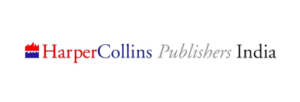 1890s due to high population density coupled with growing literacy. In 1992 HarperCollins establish a base in India when it entered into a partnership with the Indian firm, Rupa Publications. After a few years a new collaboration was forged with the India Today group. Finally HarperCollins became an independent entity of its own and its headquartered in Delhi NCR. The CEO is Ananth Padmanabhan.
1890s due to high population density coupled with growing literacy. In 1992 HarperCollins establish a base in India when it entered into a partnership with the Indian firm, Rupa Publications. After a few years a new collaboration was forged with the India Today group. Finally HarperCollins became an independent entity of its own and its headquartered in Delhi NCR. The CEO is Ananth Padmanabhan.
To celebrate 25 years of its impressive presence in India, HarperCollins India ( HCI) has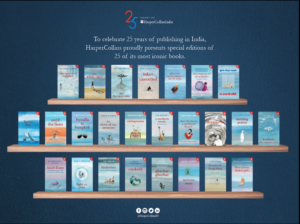 launched a campaign that consists of special editions of 25 of its iconic books and short films promoting storytelling and books. This list includes writers such as Anuja Chauhan, Anita Nair, Kiran Nagarkar, Rana Dasgupta, Siddharth Mukherjee, Satyajit Ray, Akshaya Mukul, Vivek Shanbhag, B. K. S. Iyengar, Arun Shourie etc. HCI has also launched a scrumptious
launched a campaign that consists of special editions of 25 of its iconic books and short films promoting storytelling and books. This list includes writers such as Anuja Chauhan, Anita Nair, Kiran Nagarkar, Rana Dasgupta, Siddharth Mukherjee, Satyajit Ray, Akshaya Mukul, Vivek Shanbhag, B. K. S. Iyengar, Arun Shourie etc. HCI has also launched a scrumptious 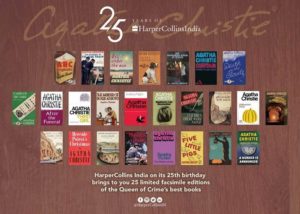 list consisting of 25 facsimile editions of Agatha Christie novels.
list consisting of 25 facsimile editions of Agatha Christie novels.
Happy Birthday, HarperCollins!
2 August 2017

